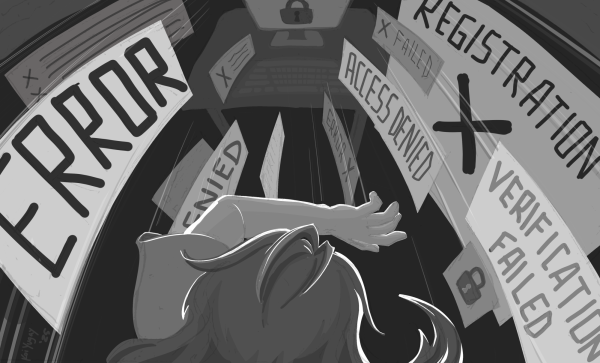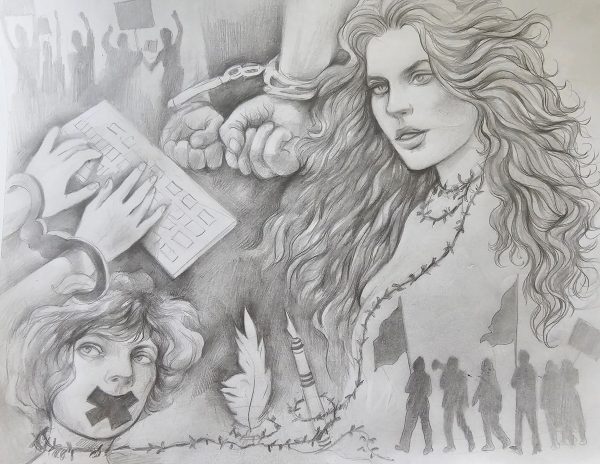Defining blackness
Does Black History involve only the past obstacles of African-Americans in the South or can blackness be identified the same in the Caribbeans, South and Central America as it is In the United States?
Fate links African slaves together despite their geographical or cultural differences in the New World.
According to Shaun Bowler and Gary M. Segura’s book “The Future is Ours”, linked fate is a political term for blacks who identify closely with the groups belief that life chances and fate ties them together.
Black history isn’t just the history of African-Americans. It is a compilation of all the African-based cultures that embody unique qualities brought to the New World during the slave trade.
Reflecting on black culture, associations such as EC’s Black Student Union (BSU) helps enlighten black students and other minorities about the rich mix of black history and culture that influenced the world.
According to Professor Henry Louis Gates’ documentary “Black in Latin America” televised on PBS, similarities among black cultures are united around the Americas. Many of these countries intermixed diluting the “blackness” that shaped those regions.
Just as whites in the South used the Jim Crow Laws, One Drop Rule to achieve a racial status quo, other places such as Brazil, Haiti, Puerto Rico and even New Orleans have categorized blacks or mixed race blacks with terms such as Creole, Mulatto, Zambos and Griffe to separate them from their white counterparts.
Skin color links people together despite different backgrounds and cultural upbringings. Based on the cultural values of skin color hierarchy, darker skin has been negatively linked to inequalities associating to lower class statues according to a CNN article titled “Yaba Blay: White supremacist would be black under America’s one-drop rule.”
Equal rights movements like Affirmative Action have changed racial inequalities in the United State school systems later influencing Brazil to adopt a similar law to diversify their public universities according to the NY Times article titled “Brazil Enacts Affirmative Action Law for Universities.”
Cultural influence like music, dance, masks and even ethnic celebrations like festivals have shaped the culture in the Americas. Brazils Carnival, Toronto’s Caribbean Caribana, and Mardi Gras share in the same cultural festivities that branched off of the African roots planted within the New World according to “Black in Latin America, A Brief History.”
Nevertheless, all slaves are linked by their travels to build the New World. While waters separate the regions all of the Americas were influenced by African culture in similar ways.








